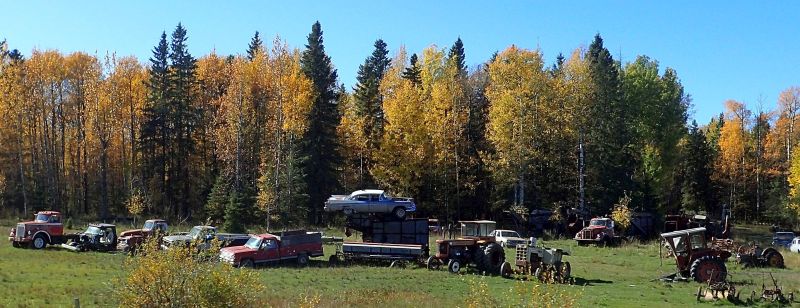Yesterday I had the opportunity to facilitate a governance session for the Edmonton Financial Literacy Society (EFLS). As a former board member, I was quite happy to assist it [see note below for a follow up]. I hope to do another blog on financial literacy and EFLS, but more to the point is a key concept for volunteer/non-profit boards that I call the ‘Knower-Doer-Funder’ principle.

Board Members You Want
A non-profit organization must balance the roles that board members play. The following table explains them a bit more detail. These are my definitions and of course no one person is exclusively one or another – only darker and lighter shades of grey.
Role |
Description |
| Knower | Has specific knowledge about the organization’s purpose, role or other matters critical to the board. For example, a lawyer or an accountant would play the respective knower roles of Legal and Finance issues. |
| Doer | These are the critical worker bees. These folks keep the lights on and the organization humming along. For many smaller volunteer organizations, the board member and the ‘Joe-volunteer’ is typically blurred. |
| Funder | These are the people who either have the money, know people who have money or know how to get the money (e.g. via grant applications, fund raising, etc.). For smaller organizations with low over head and many doers, the balance of funders may be smaller as compared to an organization whose primary role is to raise money. |
| Alumni | The alumnus is the collection of board members (or volunteers, clients, funders, etc.) who have an interest in the organization – but not enough passion to be actively involved. Keep them in the organization’s orbit through an alumni function. LinkedIn, FaceBook and websites makes this very cheap to maintain. As well, take a read of this article I wrote on Health-Alumni. |
| Farm Team | This is where you get your next board member. Establish a mechanism to bring volunteers in, assign the meaningful work and then groom them for a governance role. In an ideal world, you should have a 2:1 ratio of farm team to board positions. Nevertheless – don’t forget to pay your volunteers very well. |
Board Members You Don’t Want or Need to Manage
A person joins a board for a variety of reasons. Sometimes the relationship sticks and sometimes it sucks. Managing this in/outflow is a subject of a different blog on volunteer lifecycle management. A slightly tongue-in-cheek list of board members who your organization needs to re-engage with or perhaps gently nudge them toward the door in a gracious exist.
Role |
Description |
| Tourist | These are board members who have joined to pad their resume. If they cannot be moved into one of the above roles, consider pruning them. But don’t prune too soon – some people simply need to feel comfortable. Missed meetings, “smart-phone-crotch fixation” or silence are usually signs you have a tourist. |
| Coasting Silverback | These are board members have perhaps played one of the above roles but are now coasting. Like tourists, they should be pruned – but with a great deal more delicacy. While it is good to have wise counsel to balance the enthusiastic newbies, comments of ‘We tried that, did not work’ usually means you have a silverback. Consider moving them into an alumnus or the farm team. |
| Antagonist | Some people like a good fight, they enjoy conflict. In a board meeting they question every decision or direction. A degree of conflict is important in a board. It prevents group-think and complacency. This individual has not learned how to pick their battles. Managing such individuals involves personal coaching so be sure your organization wants to invest the time and effort. |
Thank you from the Bottom of My Board
If you are a member of a volunteer board – firstly thank you. Quite often organizations forget to say that so let me do this. In some way, method or fashion you are making the world a better place. As well, hopefully the organization is paying you well. But back to the list…. Hopefully this helps you – and if you want to read about the facilitation questions used last night, read my facilitation notes.
Missing Roles?
Have I missed a role that should be covered? Does this model resonant with your current volunteer board or ones you have served on in the past? Post a comment and I will update the model (and steal […. errr, share] your brilliant ideas).
Hold the Blog – Updates
Unfortunately the EFLS did not survive and choose to wind down their operations.
An amendment to this blog. Two recruitment tools when looking for new board members. The first is a Microsoft Excel which can help you focus on which industries you want to recruit from. The second is a Microsoft Word document which can help you plan the recruitment .
